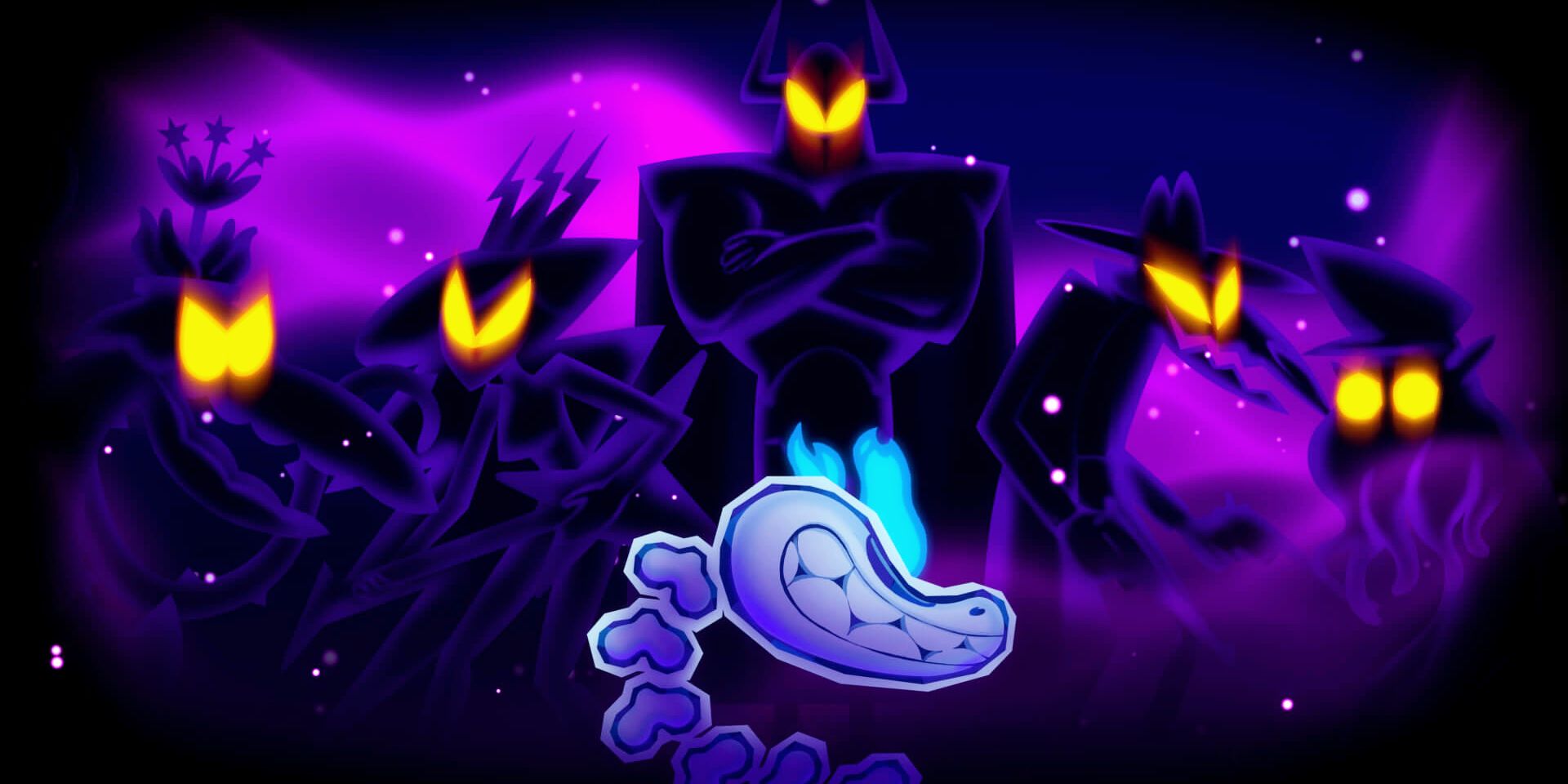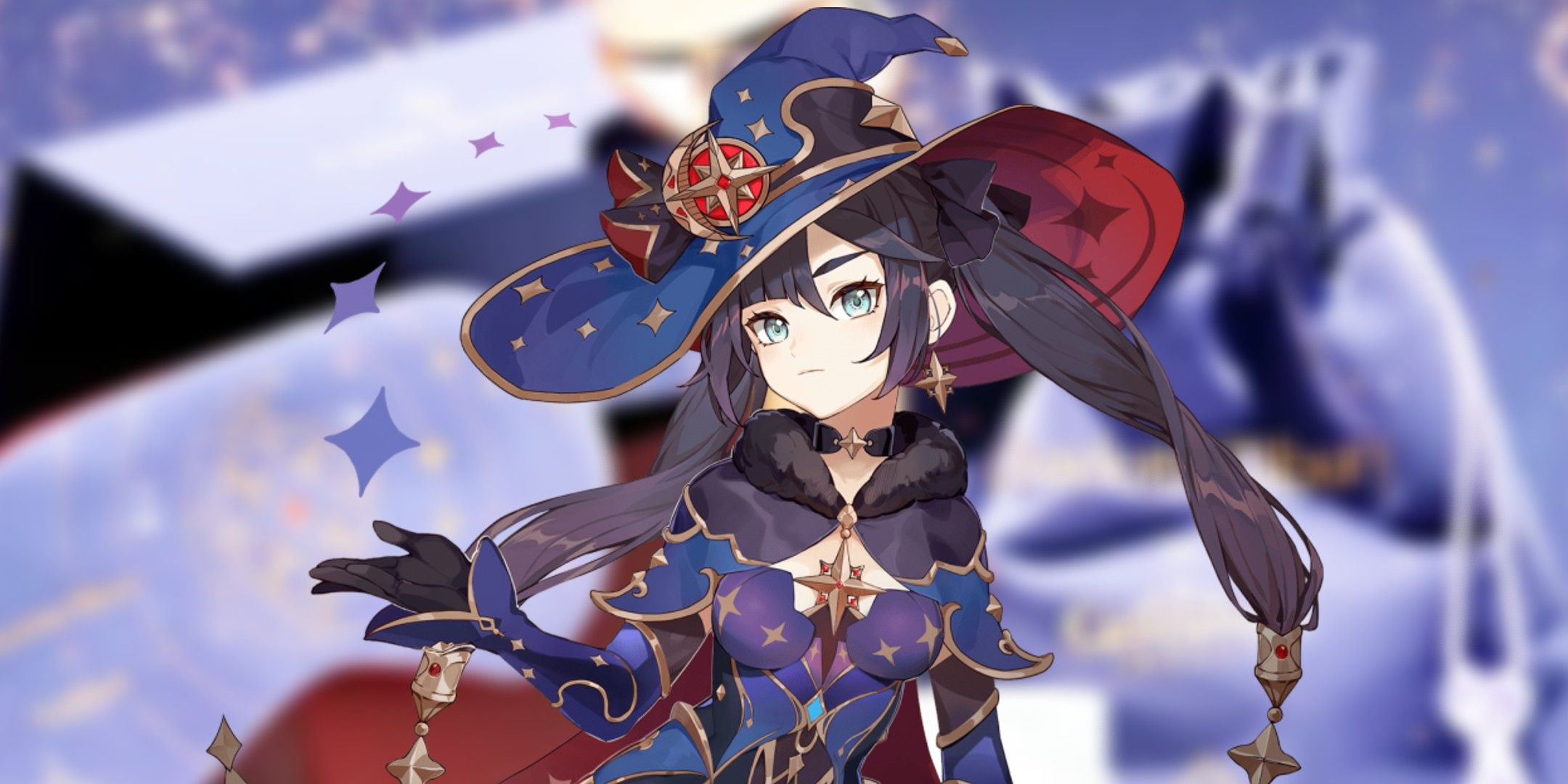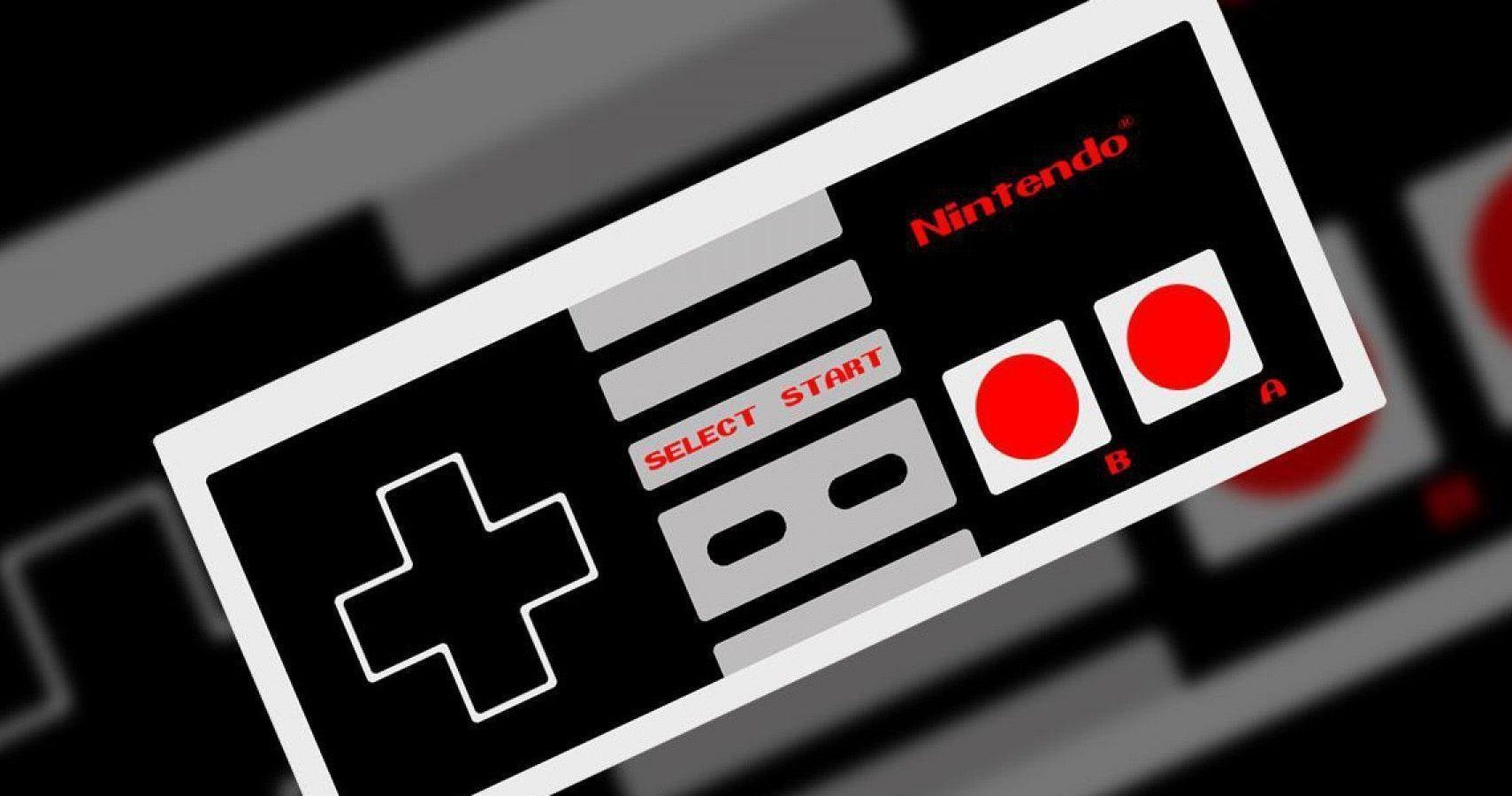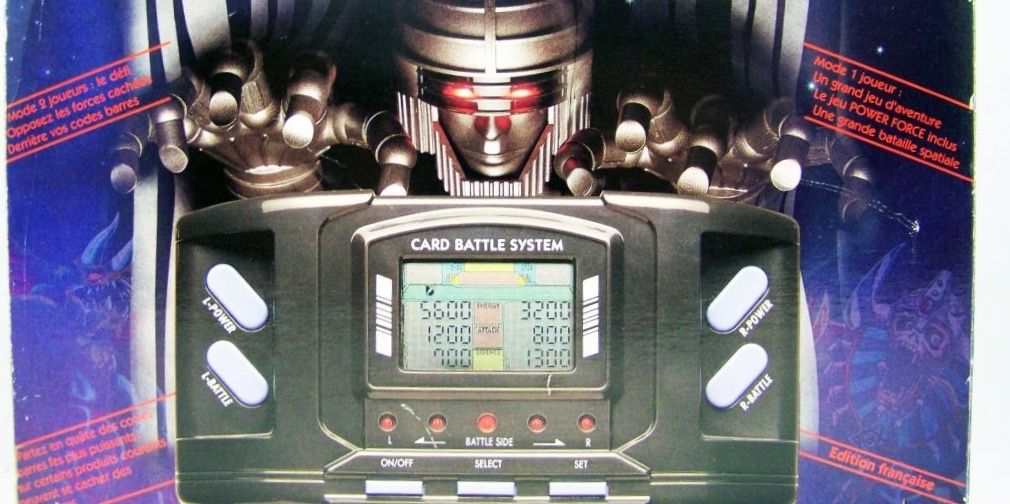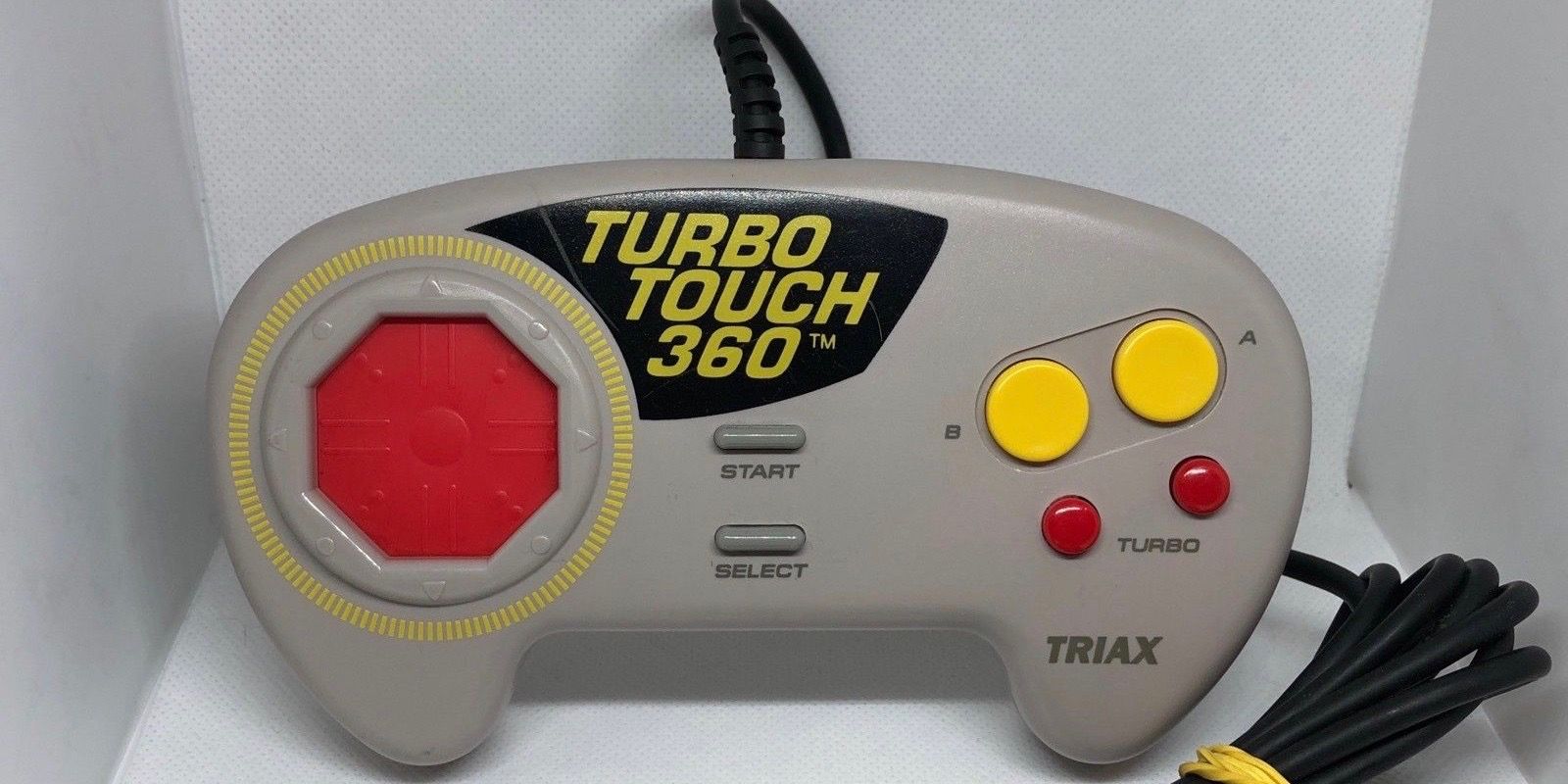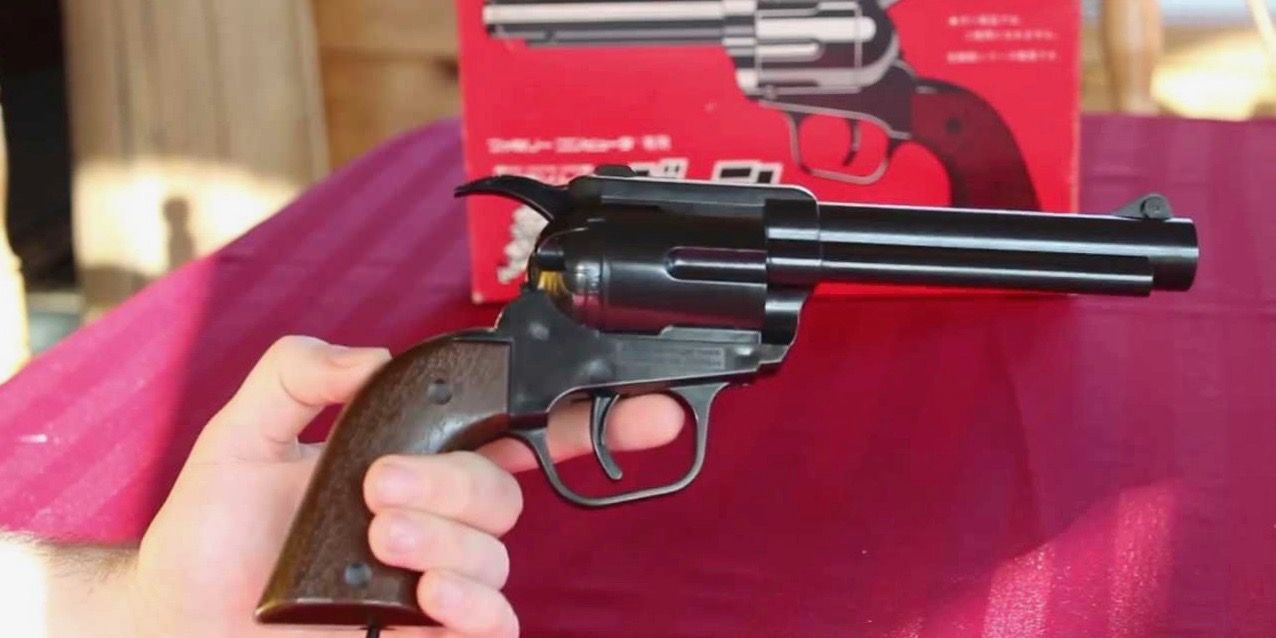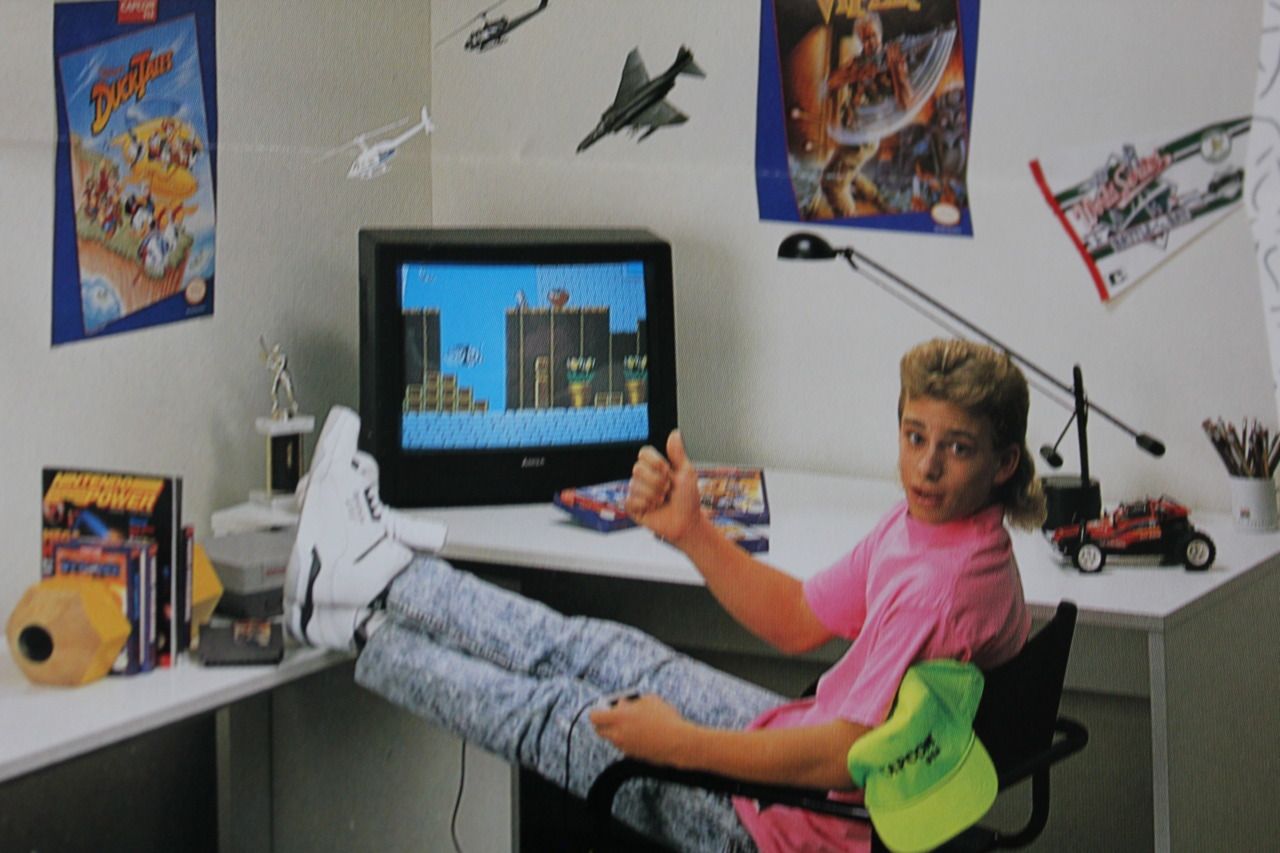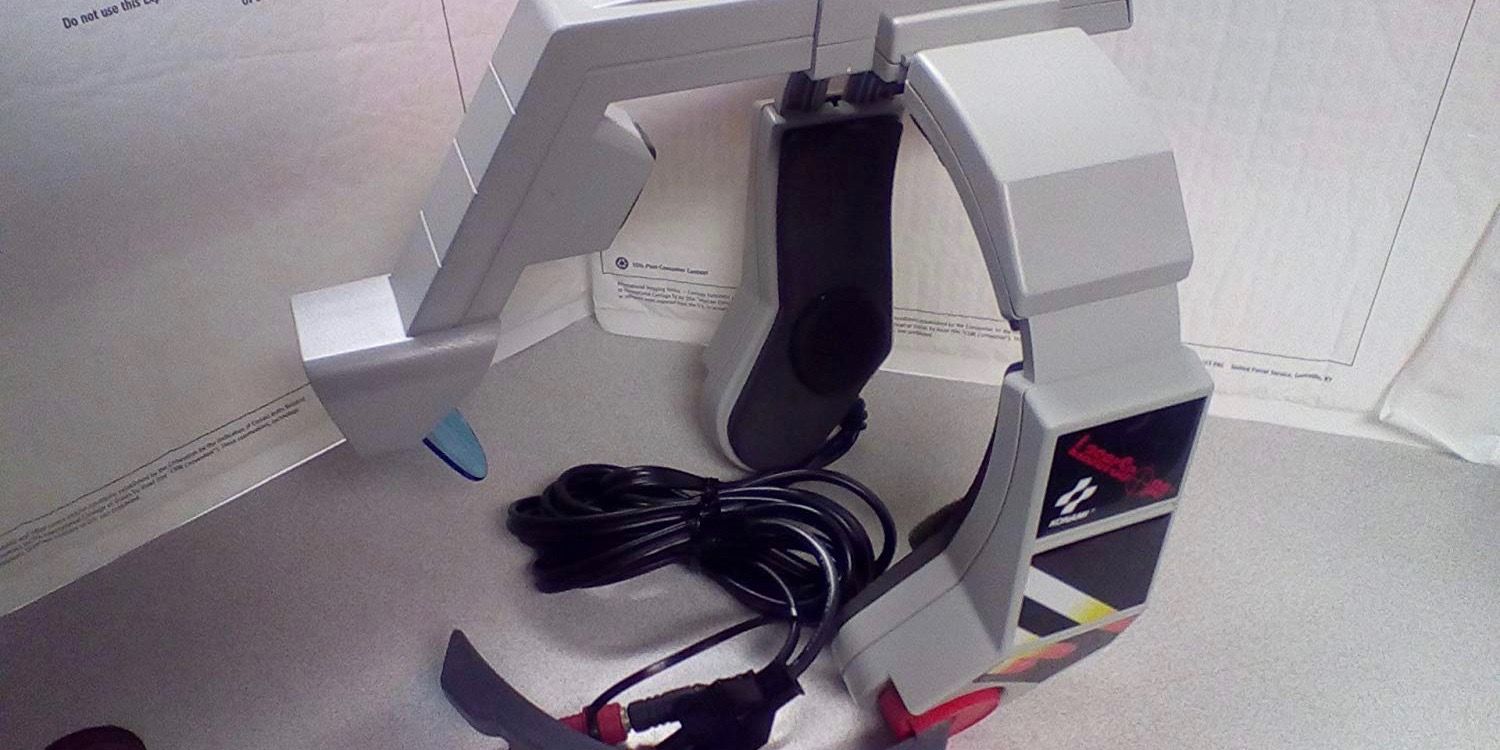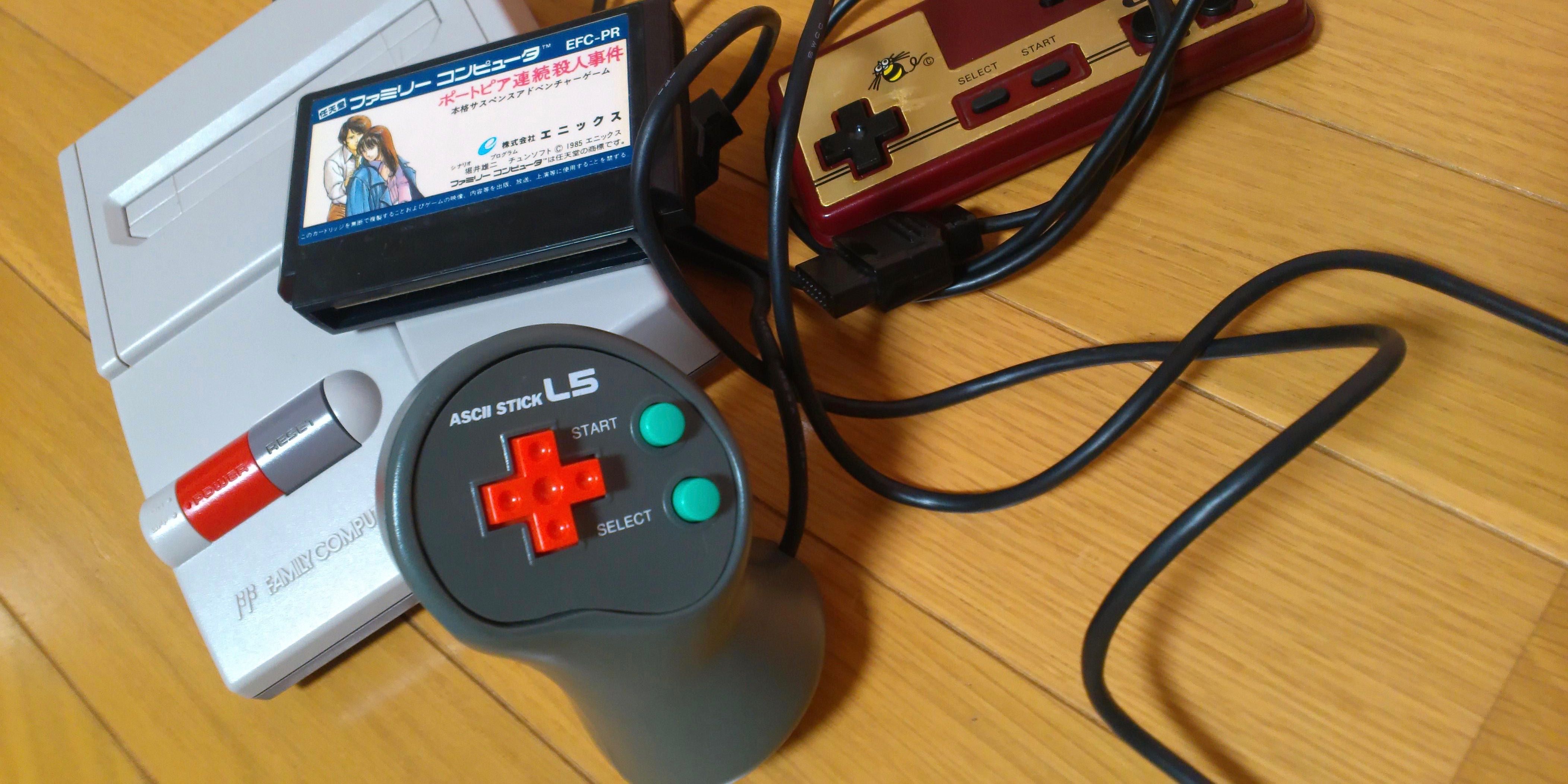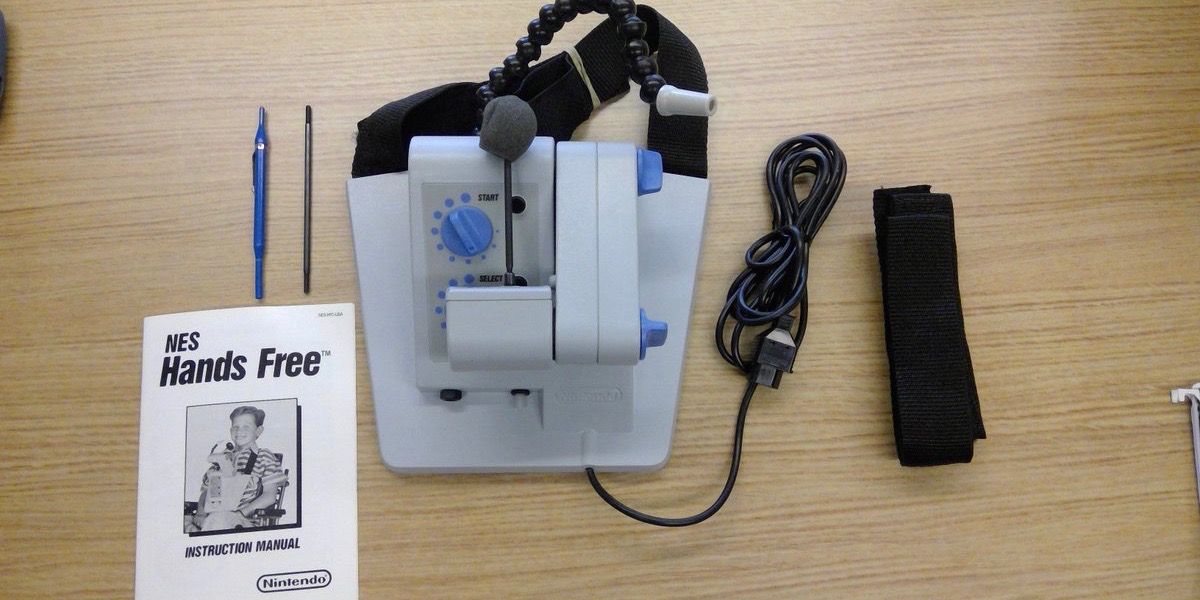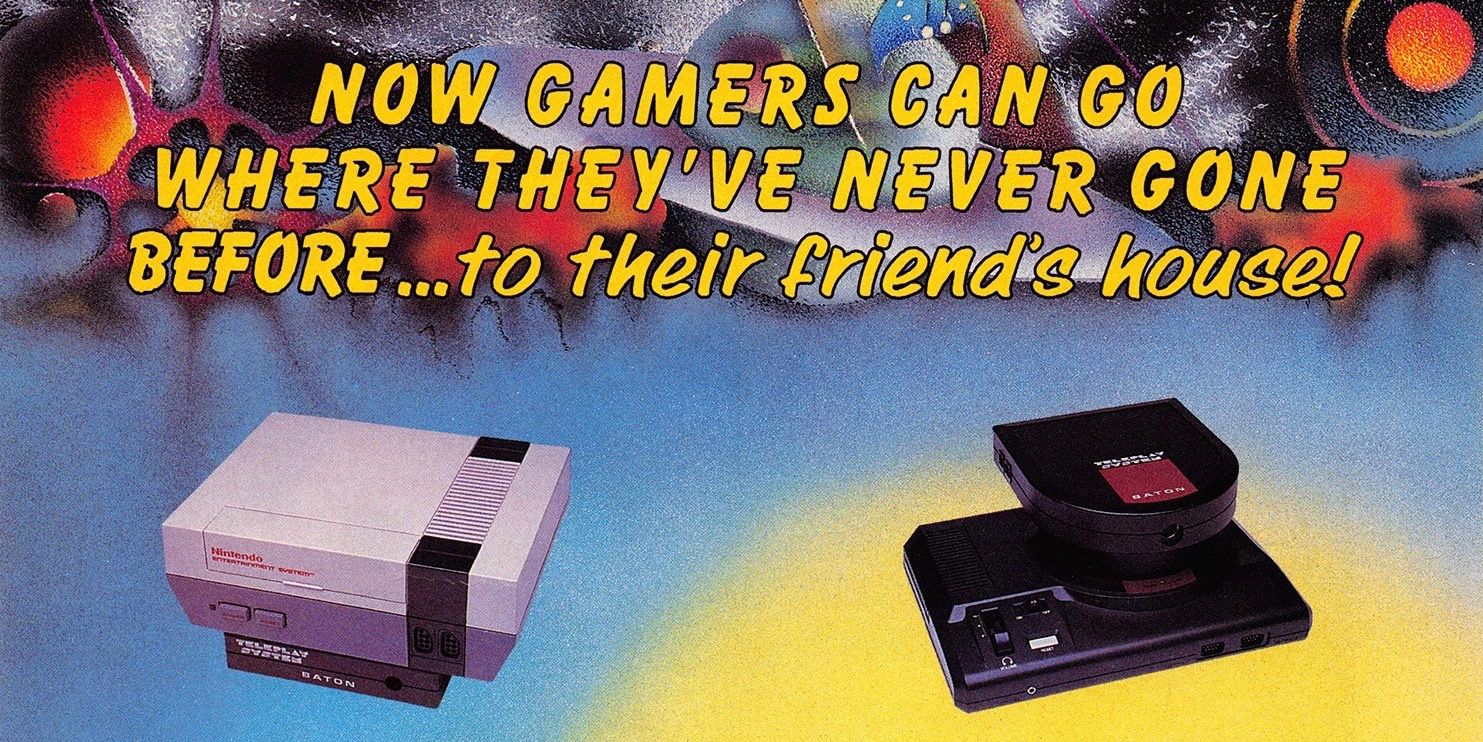Related
When players imagine back on the original Nintendo Entertainment System , they probably remember it as one of the simplest and most straight - forward video plot console ever created . You did n’t have to worry about storage space , online memberships , or produce an account for yourself . All you involve was a console , restrainer , and biz cartridge to get start . And if you were golden enough to get your hands on Light Gun , you likely thought that you were about as decked out as an NES player could get .
However , Nintendo ’s first serious foray into plate cabinet also led to a lot of experiments . Some of these test ensue into some badly nerveless add - ons ( we ’ve already mentioned the Light Gun ) , while others had a far less worthy final result .
But even if many of these peripheral idea never terminate up taking off , no one can deny that the Nintendo Entertainment System was one of the most influential development in the world of gaming . Even today , it remains one of the best selling consoles of all time with over 60 million building block sell . Many of the franchise that also launched on the NES are still operate hard today , most notablySuper Mario Bros.andThe Legend of Zelda . But there were other mode to enjoy these games and many others that you might not have antecedently been cognizant of .

So have ’s take a inscrutable look into some of the weirder construct that Nintendo flirt with throughout the ‘ 80s and ‘ 90s . Here are25 Things Only Experts do it The Original Nintendo Can Do .
Fight Bosses With Barcodes
Released in 1991 , the Barcode Battler was a hand-held cabinet that allowed players to make heroes and fight against the enemies within the game . Believe it or not , you did this by run down barcodes , which would then “ create ” each character ’ stats by using a randomized algorithm within the system .
This might sound like the Barcode Battler was destined to be a flop , but it really revel a fair share of popularity in Japan . So much so that a Barcode Battler II was launched which was compatible with both the Famicom and NES .
Avoid A Sore Thumb With A Special Controller
The designing of the original NES control is dewy-eyed , but iconic . It ’s also amazing just how long many of these controllers have continue to work , which is no uncertainty a outcome of their sturdy and streamlined designed . But that also meant that using the D - Pad for an extended period could lead to a sore or numb quarter round .
figure the Turbo Touch 360 , which was specifically design to comfort quarter round botheration for avid NES role player . Instead of a D - Pad , this novel comptroller featured an octagon - shaped plate with eight touch sensor . It also had a rounded , more ergonomic shape , which is why some players ended up favoring it over the original .
Use Famicom’s Alternate Light Gun
Easily one of the best video game accessories of the 1980s , the Light Gun ( or NES Zapper ) was earlier release in Japan in 1984 . Here , the triggerman debut alongsideWild Gunman , a Western cowboy risky venture game — which explains why the Nipponese controller looked exactly like a six - shooter .
However , skill fiction was all the rage in the United States around this time , which is why westerly players end up with a much moreStar Wars - esque Zapper . The coloration was also changed from opprobrious to grey , to eventually the burnished Orange River that many people are familiar with for obvious safety reason .
Buy A TV With A Built-In NES
Many NES game are just as enjoyable and challenging today as they were at the time of their dismission . Unfortunately , their graphics can really leave something to be want — specially when they ’re displayed on a elephantine TV .
Even in the ‘ 80s , Nintendo knew that the graphics could be right smart well , which is one of the reasons they launched the Sharp Nintendo Television . This television set set came with a built - in NES , which displayed the games in a much high quality than when the system was hooked up to a regular TV . The Sharp television was launched in Japan in 1983 before finally making its agency to the States six year later .
Call A Hotline For Tips
These days , if you find yourself up against a confusing storey design or a frustrative honcho , you may always turn to the plethora of YouTube tutorial or on-line walkthroughs to help you emerge victoriously . But when the NES was first released , it was just you up against the plot .
Of naturally , a organisation that leave players endlessly thwarted would n’t be the best for the company , so Nintendo decided to launch a hotline where players could call in and get point . The Nintendo Power Line ran all the fashion from 1988 to 2010 , and it was more recently brought back in 2016 to celebrate the NES Classic Edition .
Use A Voice-Activated Headset
As if the Laser Gun was n’t already one of the coolest add - ons of the NES , Nintendo tried to one - up themselves with this vox - activate headset . The Konami LaserScope , also knows as the Gun Sight , was an additional controller that could be used in property of the Laser Gun .
It feature an eyepiece complete with crisscross - hairs , which the thespian could place at the blind before sound out " flak . " In possibility , this individual bid would result in the headset doing as order . Unfortunately , voice - activated technology was nowhere almost as accurate as it is today , and many players complained that somewhat much any audio could set off the LaserScope .
Play Games Using One Hand
Diving even deeper into the world of unnoticeable NES controllers , Nintendo released this one - handed controller as a circumscribed - ravel , Japanese - only gain to their system . It was name the ASCII Stick L5 – which was about as attention-getting of a name as the control was utile .
The party ’s theory was that this controller would appeal to RPG players , who would prefer to have their correct hand free to read maps and riff through manual . The ASCII Stick L5 ’s D - Pad and Start/ Select buttons sit on the front , while the A and B button sat on the back . Apparently , the controller function properly , provided you could figure out how to utilize it .
Or Play Games Using No Hands At All
Even at the very beginning of the NES boom , company were examine to help those with disabilities bask their games . The NES Hands Free Controller was designed to be fag like a vest , where the role player could use their Kuki-Chin to command charge movements while blowing and sipping from a straw to spark the A and atomic number 5 controls .
The Hands Free was never sold in storage . alternatively , you had to call a special numeral if you were concerned in acquiring one . Though the specialised restrainer was n’t exactly brassy back in the ‘ 80s , it ’s an even pricier collector ’s point today .
Use Square Buttons… That Stuck
While the original Famicom and Nintendo Entertainment Systems had drastically different designs , the original controller for each cabinet look largely the same . They both had a D - Pad to the left , bug out and Select options in the midriff , and A and B button to the right . However , the very first Famicom controller ’s A and vitamin B button were really squares , not circles .
These square buttons might have yield the NES controller an even more memorable design , but they were ditch for ripe reason . obviously , they had a tendency to stick , which is why Nintendo scrapped them almost like a shot .
Play With Friends Online
In 1992 , the epitome for Nintendo ’s Teleplay Modem was reveal during a Las Vegas electronics show . The gadget would leave friends to play NES biz online , and the modem would even work with the SNES and Sega Genesis .
Today , it staggering to believe that Nintendo was experiment with on-line gameplay back in the former ‘ 90s . regrettably , this modem — and many of the follow - up model — never made it to market . There simply was n’t enough money or sake to keep an eye on through with the concept . However , it ’s fun to call up what the earthly concern of gaming would search like today if the Teleplay Modem had been a success .
